 Boring kills
Boring kills
I realized that the other day when I was looking at my third full-length novel, The Warring States.
I wrote that book in 2011 or 2012…I can’t really remember.
It was before I knew anything about Amazon publishing, I can tell you that.
I was living in China, had been for about 3 years by that point.
I taught English and had that down pat. That left me a lot of free time to do…not much.
Living in a big city in China was pretty boring. I exercised a lot, drank a lot, and watched a lot of movies.
I also decided to start writing and cranked out quite a few books before I left for good in 2013.
Now it’s 2016 and I look back on those early works of mine with wonder.
I’d like to discuss the reasons behind that in this post.
Mainly, I want to show you how my writing has evolved.
This might help you write better or even help you get started.
Overall, these are tips and tricks I’ve learned to follow.
I Write Shorter Chapters
- Things go on and on in one chapter.
- We see several different characters.
- Oftentimes we go to more than one place.
I don’t like that.
I don’t write like that anymore.
Now I think more of the scene. I like to have each chapter serve as a single scene, in one location, and typically with just a couple characters.
If I need to have more than once scene in a chapter I’ll break it up with a set of these: “~~~”
I used to use “* * *” but gave that up.
Mainly, you want to let readers know that this is a new scene, with new characters, and a new outlook.
I find when you stick to a scene you cut out a lot of the boring stuff and keep things moving quickly.
That keeps the reader’s interest, and that keeps ‘em turning the pages.
I Think About POV
I mainly just wrote, hoping my narrative voice would carry me though.
Lately, however, I’ve been thinking about the main character of each chapter (or scene)…and well before I write it.
This helps keep the chapter centered, and it helps keep the reader from wondering what’s going on.
One of the most important things that I’ve started doing is having the alternating POV’s.
This usually has a hero then a villain, not necessarily every chapter going back and fourth, but more like every third chapter or so.
I do like the idea of going to a new POV at the beginning of a chapter, leaving a cliffhanger-like feel to the last chapter.
That’s why I typically have about 3 to 4 POV characters in my books now.
I Describe Less
I’m bad with this, and I do it for people too.
One thing that helps me is editing. When I first see a character I make a note to describe them. Sometimes I do this with places too.
For the most part though, I don’t describe.
Readers find this boring. They don’t want a page of description, or even a paragraph of it. A sentence or two is usually enough.
I know this because of poor reviews that I’ve gotten.
So I do this less and it seems to work for me.
I Have Less History
I skip this stuff now, keeping it in my outline or notes. When I describe a character I might add in a sentence or two of this, and perhaps more if that character is or will be important.
But I really try to cut down on the paragraphs and pages of old history, worldbuilding, and character life stories.
Readers just get bored with that, and when they get bored they stop reading.
I Focus on Plot
- Most say the story or plot was good.
I like hearing that. Mainly, this bit comes about in the planning and thinking stages.
I like to have a notes document that lists the characters, descriptions, places, and other stuff (who died, distances, characters from previous books).
What I do is try to build a workable world and story in that notes document.
This is really where I have that backstory and character history. It’s easy to cut and paste from this document.
More than that, though, it helps me develop the book’s plot.
For the most part, I think of the three-act structure:
- Introductory Sequence
- Rising Action
- Falling Action and Resolution
For most of 2014 I wrote shorter novellas that focused on that three-act structure.
I’d break the books into parts, like so:
- Part I: Meet the heroes and the villains and realize what the dilemma is
- Part II: Heroes take action to stop the villains or somehow overcome the dilemma.
- Part III: Heroes reach the final battle with the villains or enter the confrontation with the dilemma. Somehow, this challenge is overcome and the story ends.
That’s pretty basic and we all know this from movies.
I started thinking a lot more about that procedure in 2014 after I looked more into the book Save the Cat as well as the beat sheets that can help with plotting.
For the most part, this really helped me. I feel my stories are stronger, and my sales attest to this.
Conclusion
Shorter chapters, less description, snappy dialogue, and fast-paced action all help with this.
I write this way now.
My books are selling better.
Oh, those old ones aren’t. I wrote those in another style and readers just get bored by it.
My newer books, however, are doing well.
Readers like these for all the reasons I just listed.
Think about making your books like that too. It’s not compromising your artistic ability.
It is augmenting it so that you can actually make a living doing what you love.
You’ll get more ideas on writing books that sell in my self-publishing books for authors

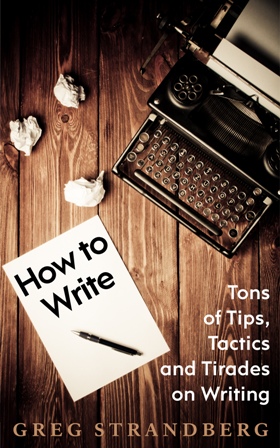
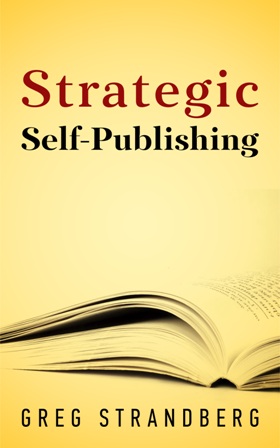

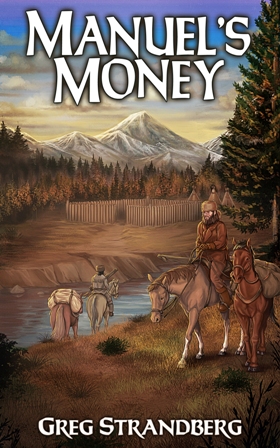
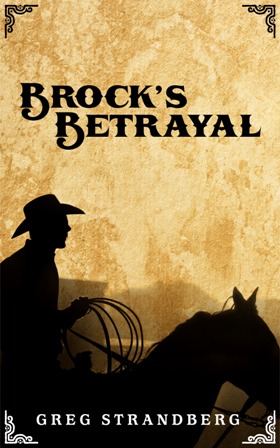

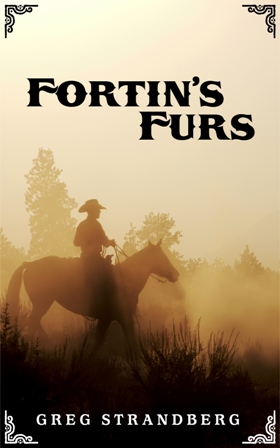
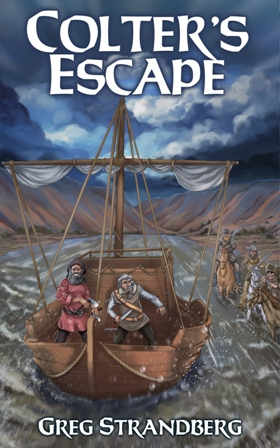
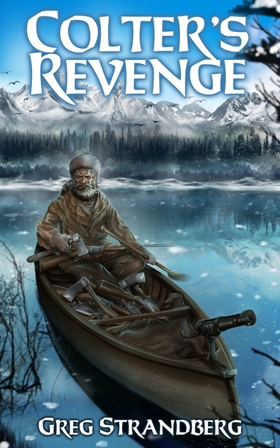
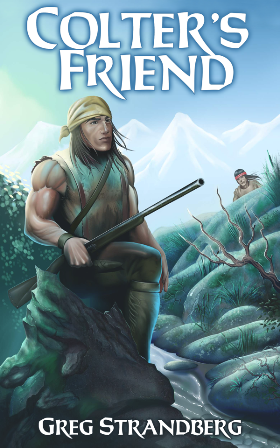

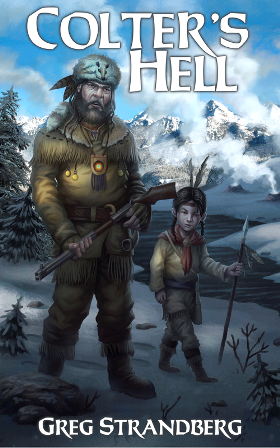
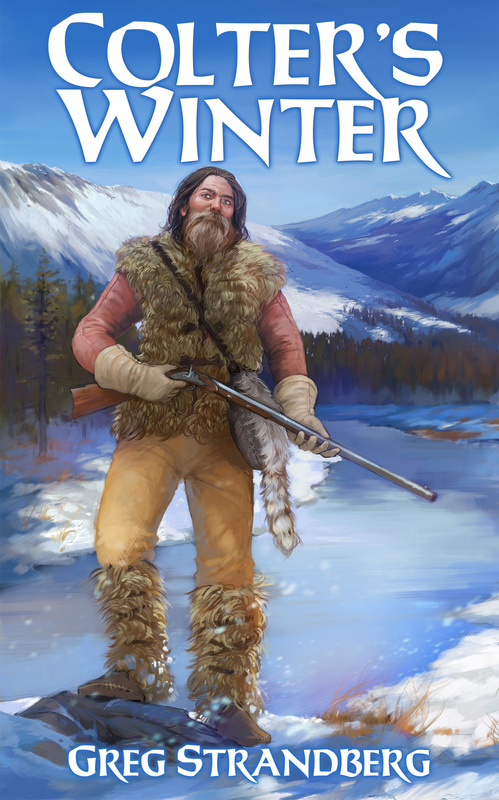
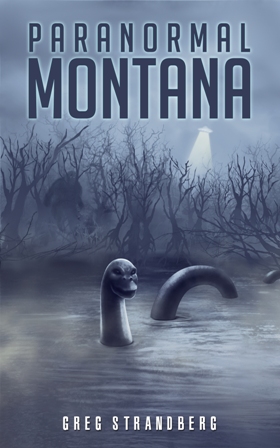
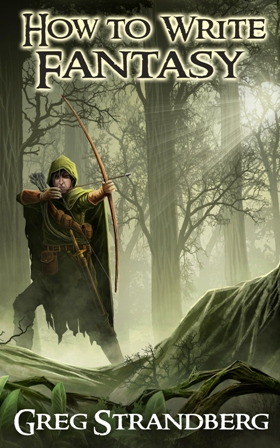

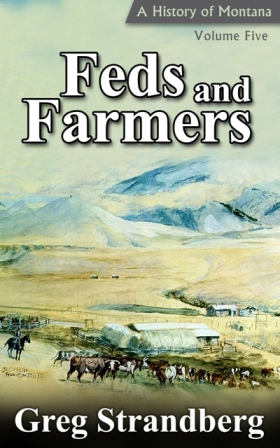
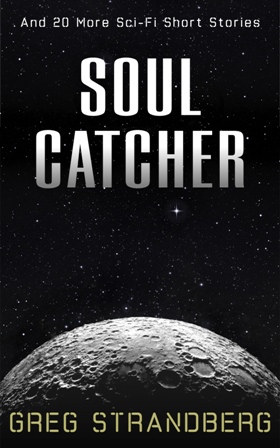



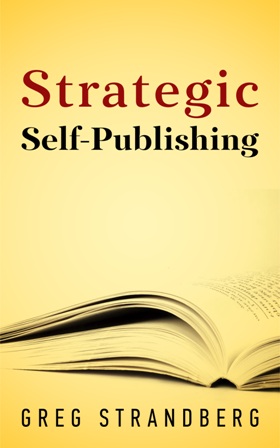
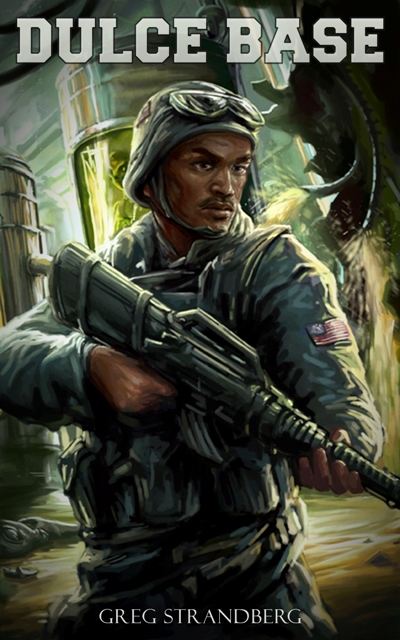
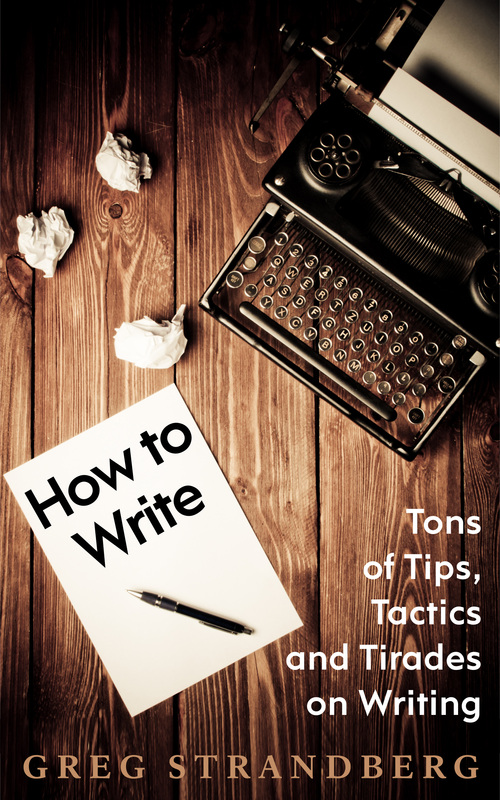
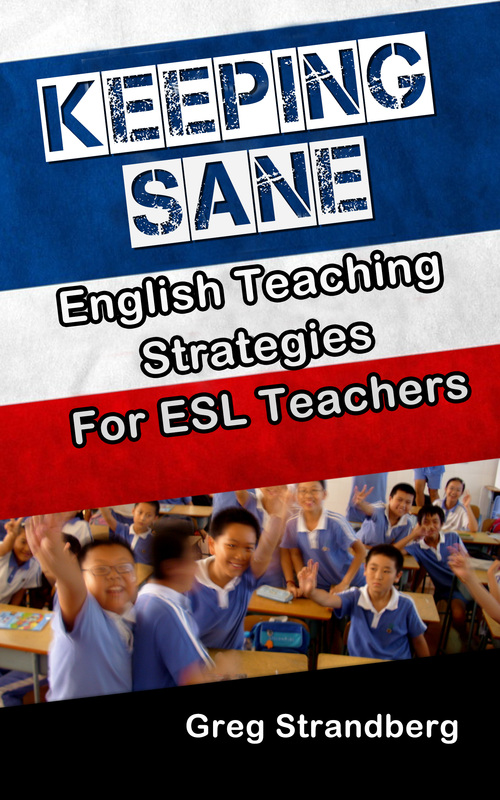
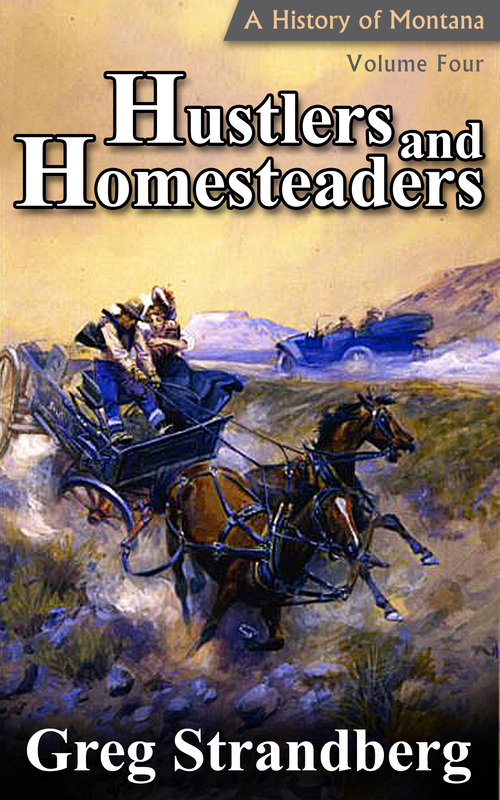

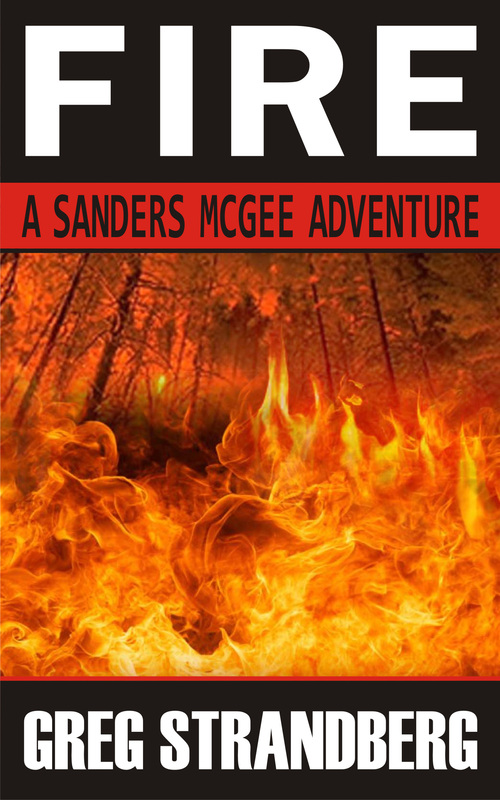

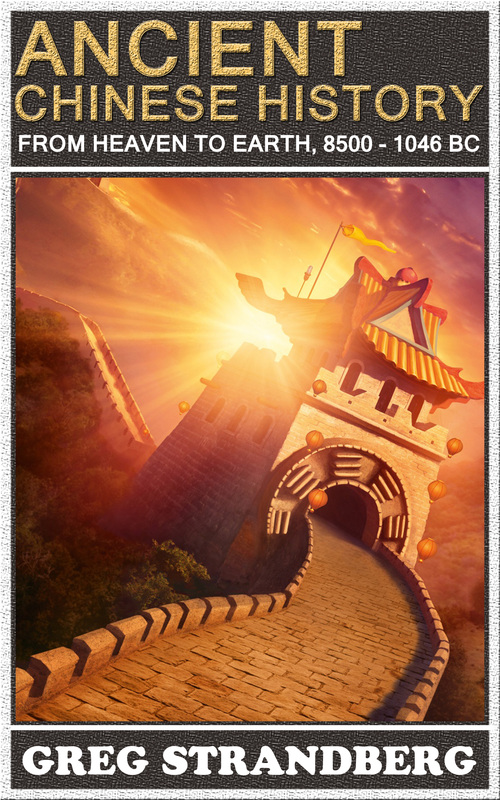
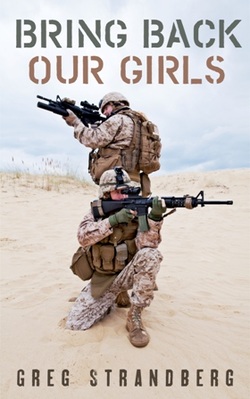
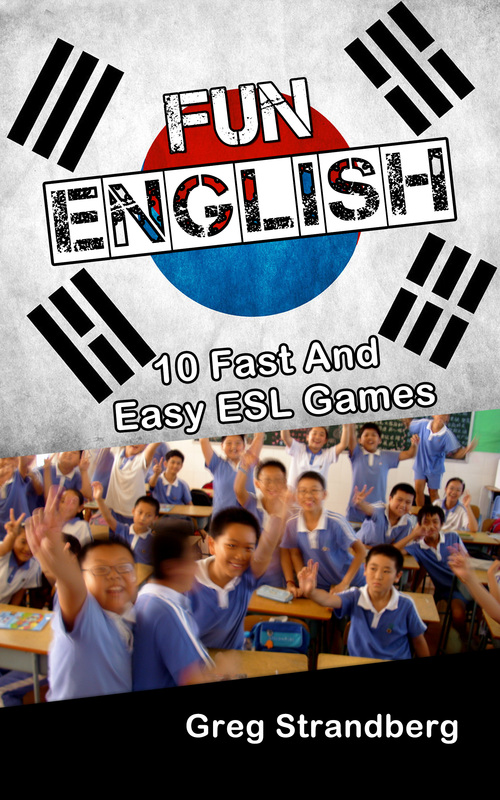
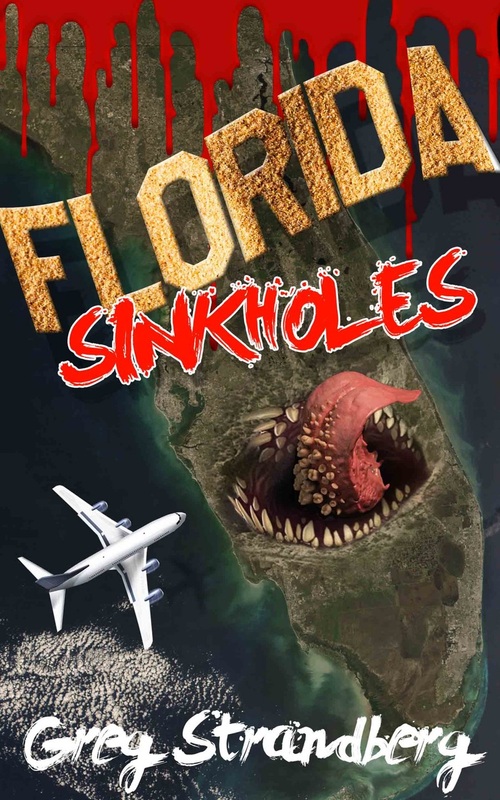
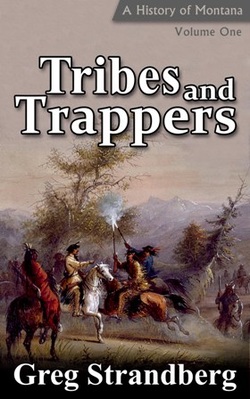
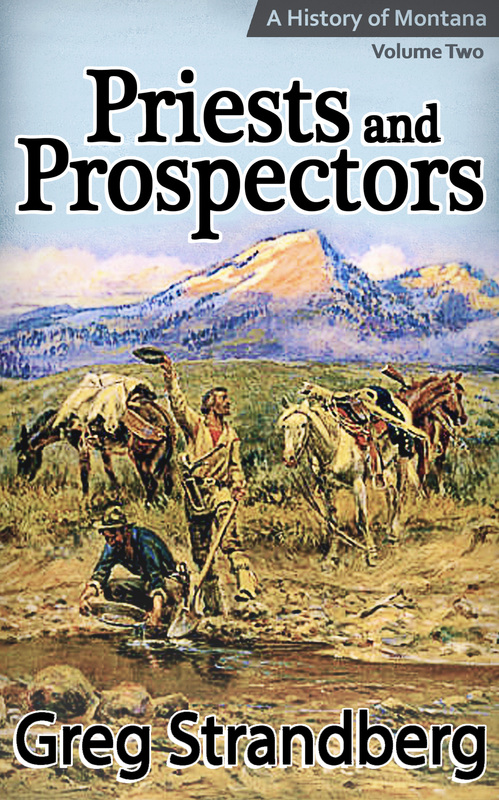
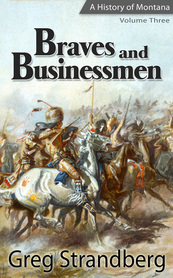
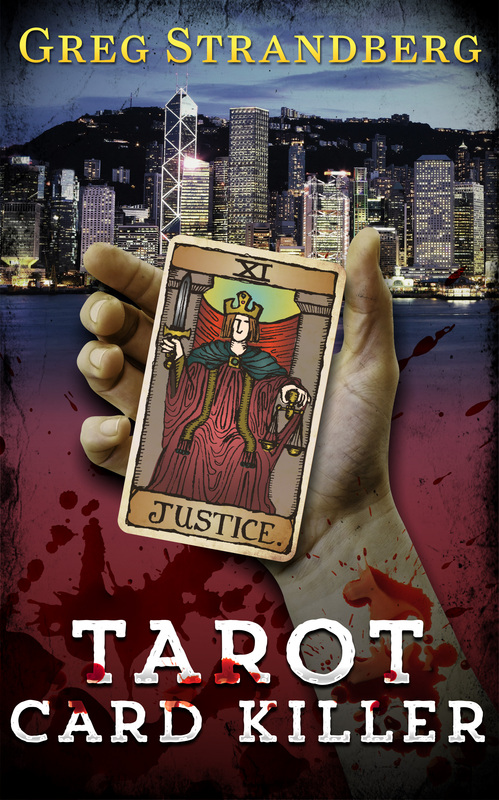
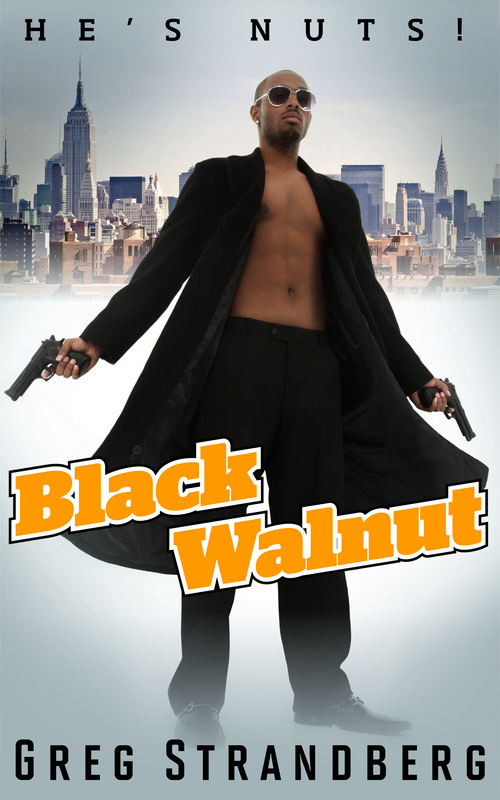
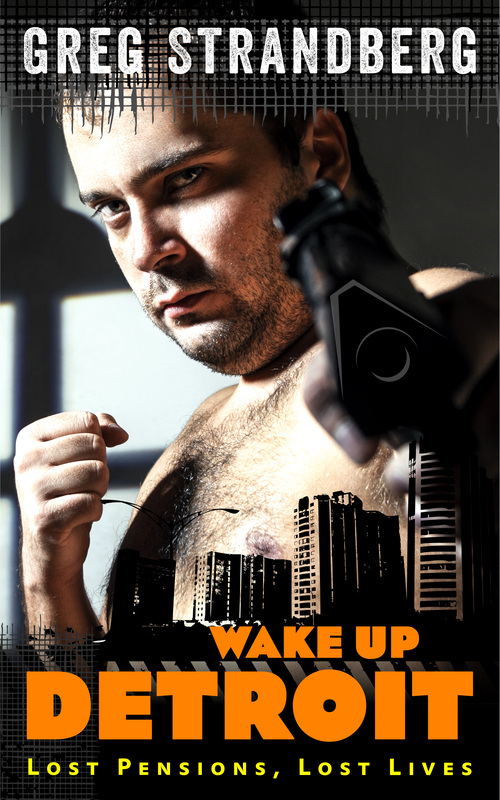
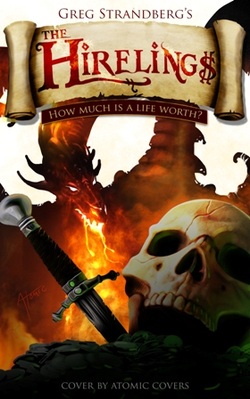
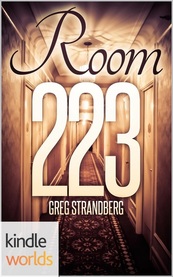
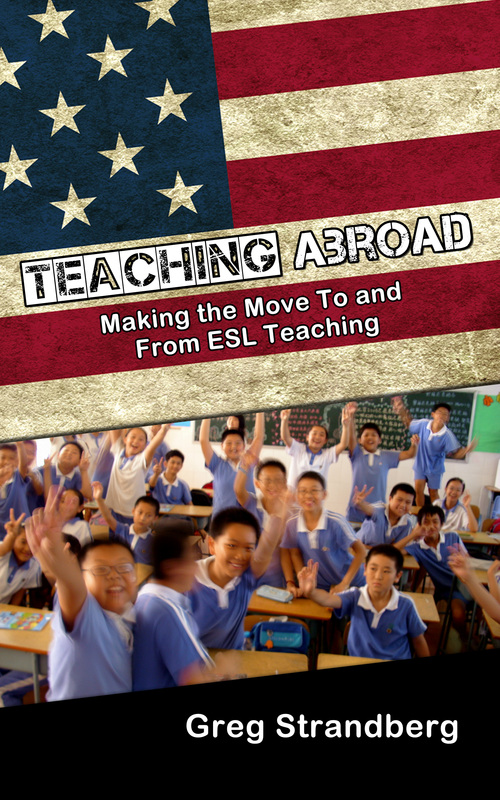
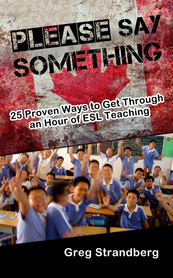

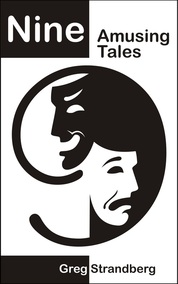

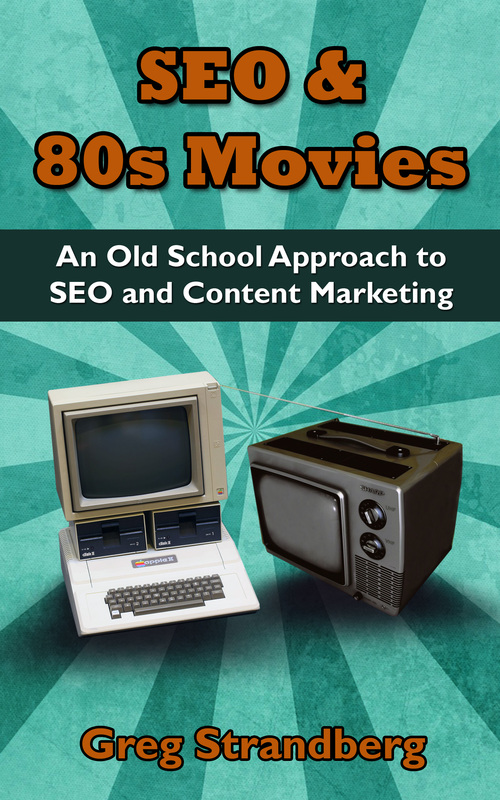
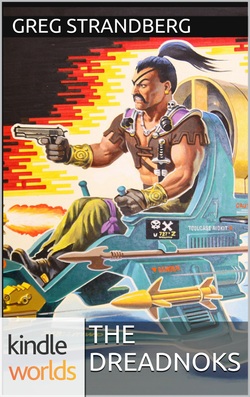
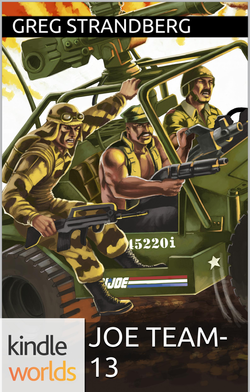
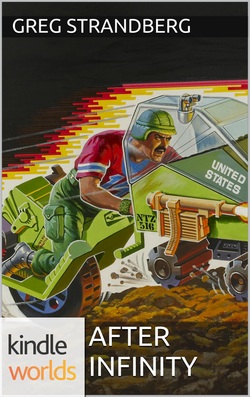
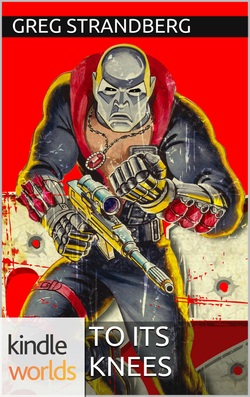
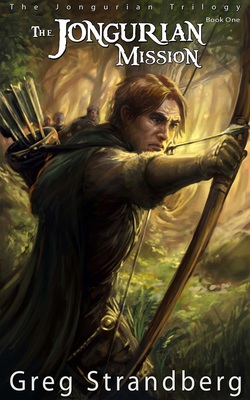

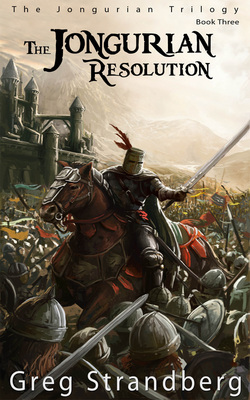
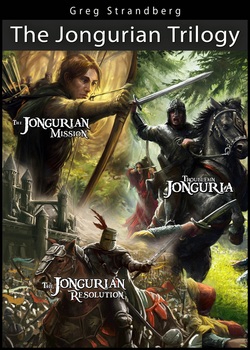
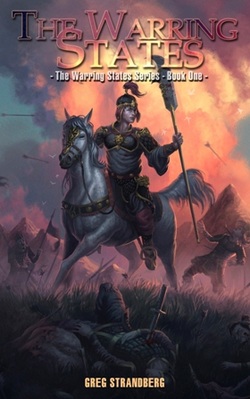

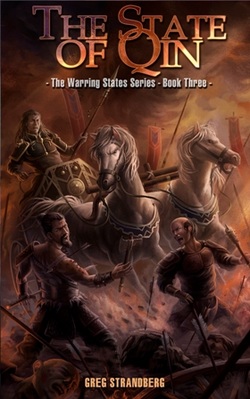
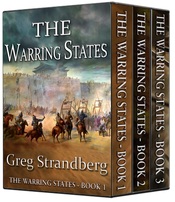
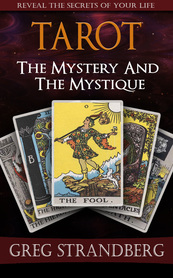
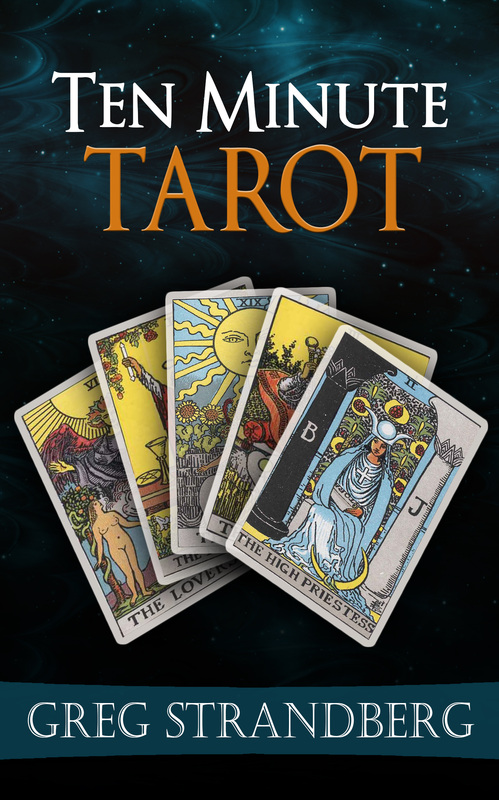
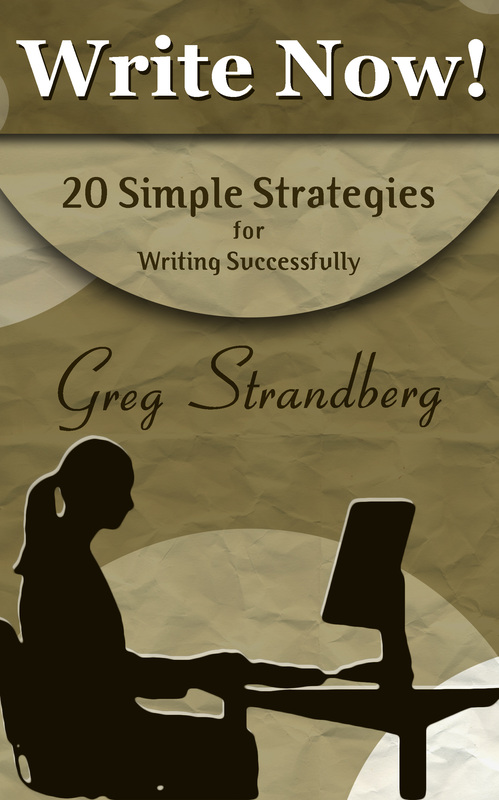

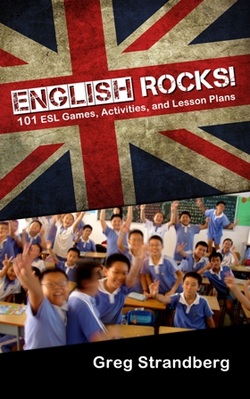
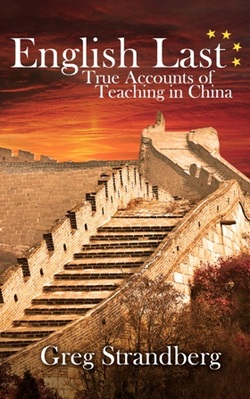
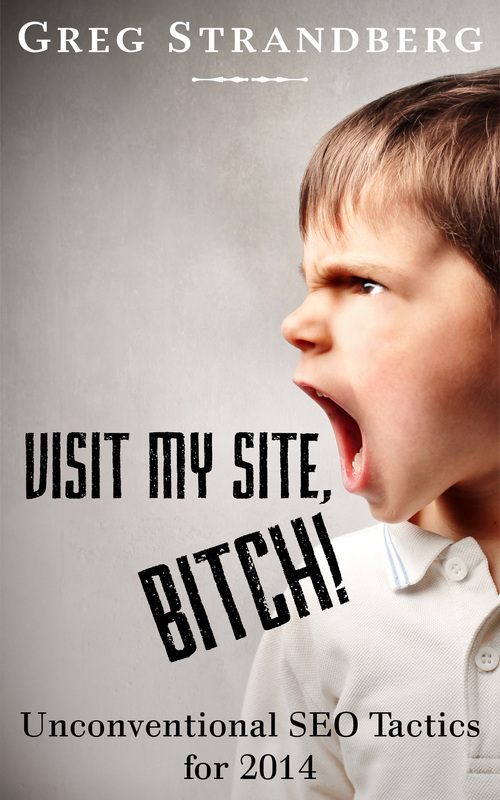
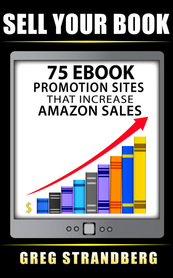
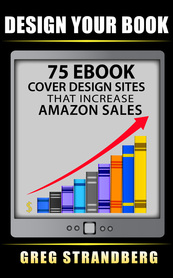
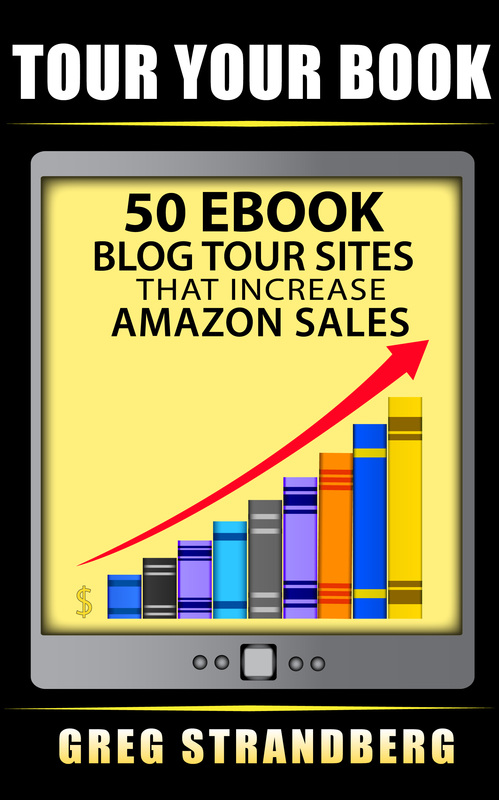




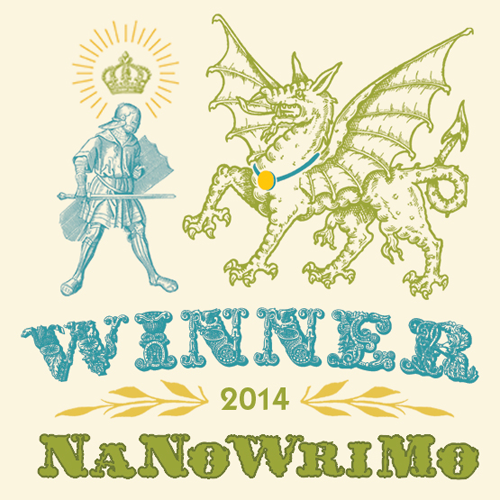
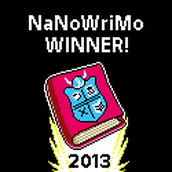
 RSS Feed
RSS Feed